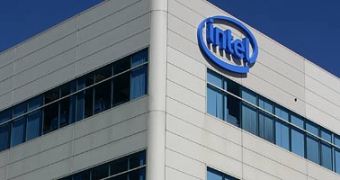According to the most recent rumors regarding Intel's motherboard business, the Santa Clara-based leading chip maker is expected to release a new line of mobos. These will presumably enable PCs to make use of a certain functionality, while still being in a power-saving sleep mode and consuming potentially less than 20% the power they would normally need.
The new motherboards are part of the company's DG45FC and DG45ID series, and are scheduled to start shipping sometime next month. What makes them so special is the fact that they feature the "remote wake" technology. While this is not an entirely new feature, the technology does not fail to be highly interesting for all users out there.
Back in August 2007, Intel released a new technology entirely focused on its vPro platforms, which provided system administrators with a way to carry out repairs or updates on the PCs within their organizations.
The remote wake feature will be present on consumer PCs, allowing them to automatically wake up and run certain tasks, such as answering a phone call and perform media downloads. However, for the time being, it will only be available through Ethernet connections. The company said that the technology would initially be made available for four motherboards designed for desktop computers. VoIP provider Jajah, Cyberlink, Orb and Pando Networks are just some of the companies that have announced their intentions to support Intel's new hardware.
The main reason behind this functionality is to integrate computer systems within a "green" working environment. More explicitly, imagine that if you are not working on your PC and you only need it to be turned on so it could answer a phone call that you're waiting for, or just to perform a certain task, you can drop the consumption rate to approximately 10watts in S3 sleep mode. This happens in a context in which typical consumption is somewhere in the 60-80W range, or even well above that with high-performance PCs.

 14 DAY TRIAL //
14 DAY TRIAL //